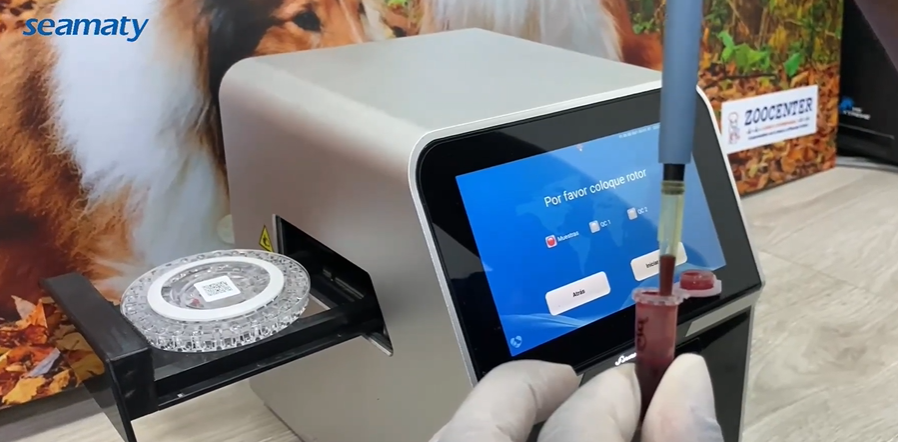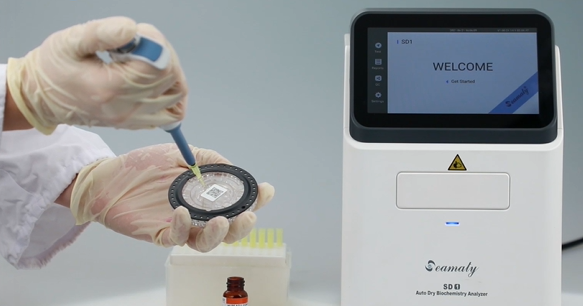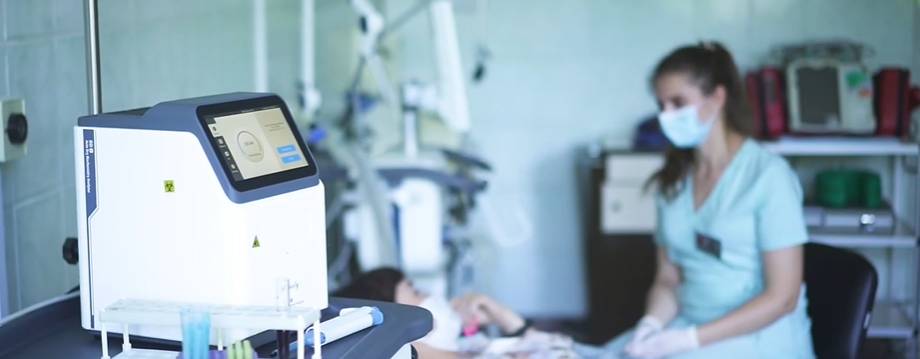release time:2021-10-13 16:34:42
Chemiluminescent immunoassay, as an important technical tool for in vitro diagnostic testing technology, emerged in the mid-1970s. Nowadays, chemiluminescence immunoassay has become a mature and advanced technique for the detection of ultra-micro-active substances. It has a wide range of applications.
Chemiluminescent immunoassay is developing very rapidly. It is much more sensitive and accurate than enzyme immunoassay and fluorescence method. Chemiluminescence immunoassay has become a technique that integrates the knowledge of many disciplines. Chemiluminescence immunoassay is widely used in clinical testing, drug analysis, environmental monitoring and other fields.

2022-06-14
A full set of biochemical tests, electrolytes, complete hematological tests and urine tests are the most basic health information.

2021-09-03
Dry chemical analysis is simple, portable, fast, environmental friendly and low cost. Compared with the wet chemical analysis method, dry chemical testing instruments and dry reagents are more portable and can be used to carry out medical and health work in communities and rural areas. Therefore, dry chemical analyzer is especially suitable for primary medical institutions and clinics.

2021-08-12
POCT (Point of Care Testing), immediate test, also known as bedside rapid test, is a sub-industry of the in-vitro diagnostics (IVD in-Vitro Diagnostics) industry. POCT is a test method that is performed on the sampling site, using portable analytical instruments and supporting reagents to quickly obtain test results.